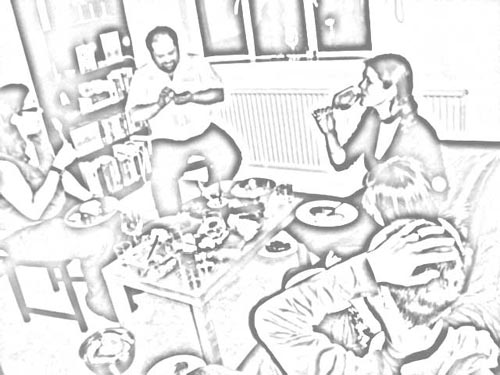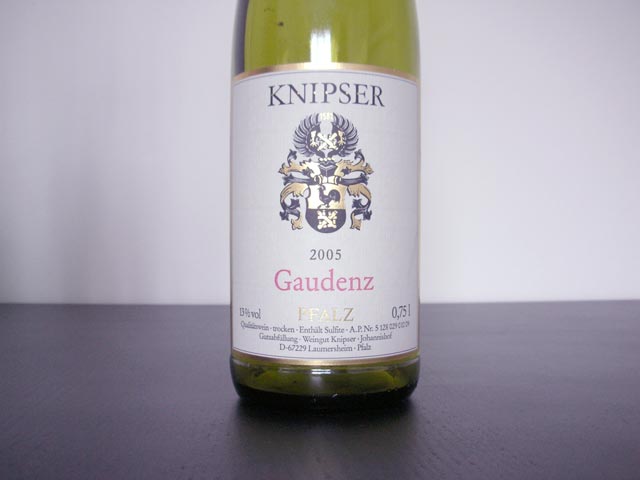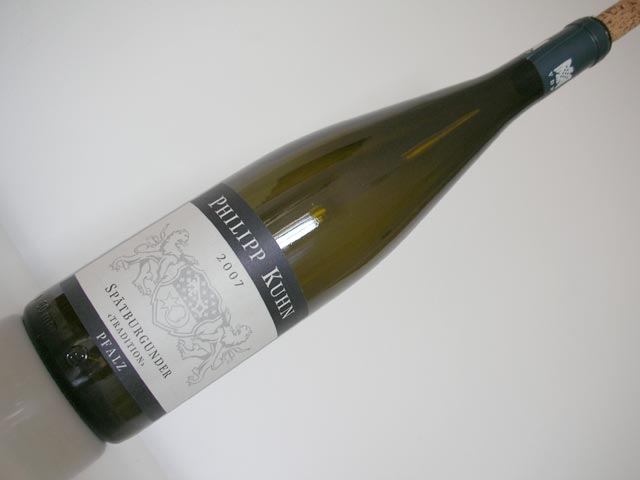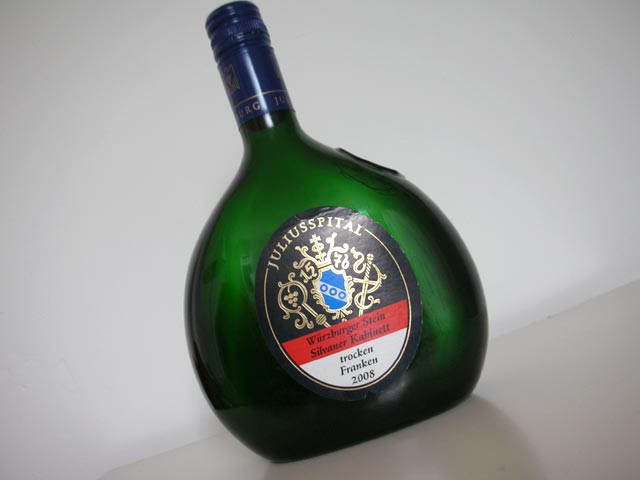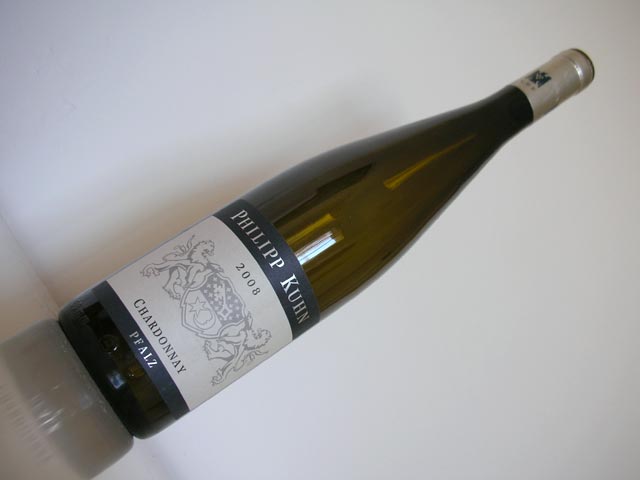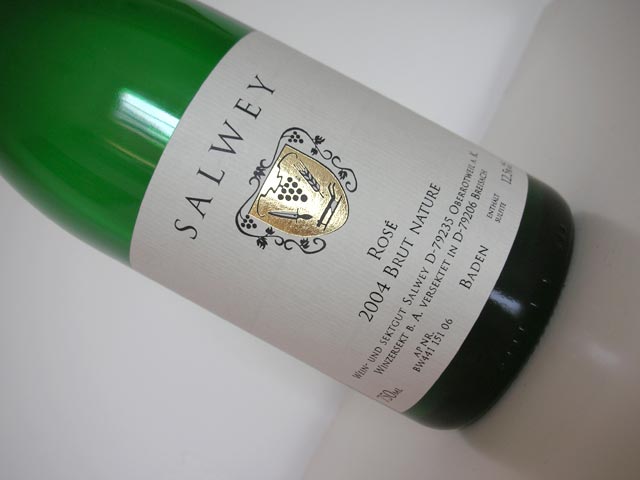Wine Rambler German Spring Tasting 2010 - sparkling rosé to cocaine Chardonnay cut with brick dust
The seasonal wine tastings hosted by the London branch of the Wine Rambler are now something like an institution. So much so that this time change was needed ('change you can believe in' - after all it is election time here in the UK). My message for the electorate was quite simple: 'no Riesling'. This does not mean that I have suddenly lost my love for this amazing variety, not at all. However, it is good to every so often remind people that there is so much more to German wine than just Riesling. So what did I choose for that mission: a sparkling vintage rosé, a Silvaner, a Chardonnay, a Pinot Noir and a Bordeaux-style blend of red grapes, including Cabernet Sauvignon.
